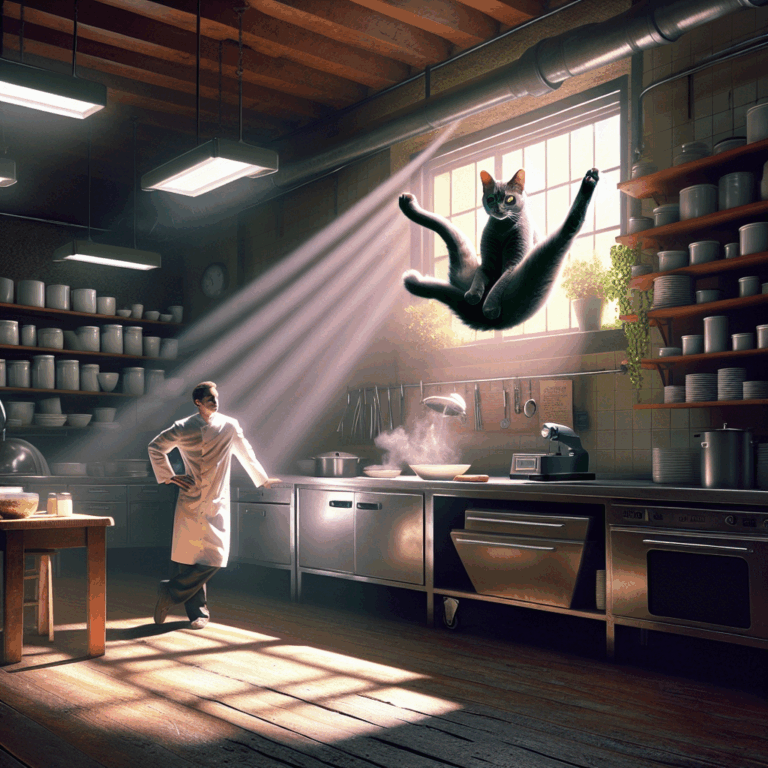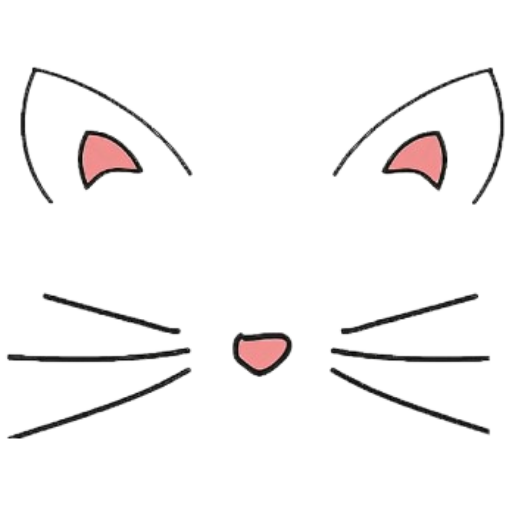The Science of Cat Agility: Unveiling the Mysteries of Feline Flexibility
In the world of animal athleticism, cats stand out as masters of agility and dexterity. Their remarkable ability to leap great distances, twist mid-air, and land gracefully on their feet has long captivated the interest of scientists, pet owners, and animal enthusiasts alike. But what precisely makes cats such extraordinary athletes? Recent studies and expert insights are shedding light on the anatomical and physiological secrets behind feline flexibility.
At the heart of a cat’s agility is its skeletal structure. Unlike humans, cats possess a highly flexible spine, which enables them to stretch, bend, and twist with ease. This spinal flexibility is a key factor in their ability to perform acrobatic feats, such as the iconic “righting reflex” that allows them to land on their feet after a fall. When a cat falls, it instinctively rotates its head to face downward, followed by the front legs, and finally the hind legs, ensuring a smooth and safe landing. This reflex is not just a party trick; it is a vital survival mechanism that has evolved over millions of years.
Muscles and tendons also play a crucial role in a cat’s agility. Cats have a higher proportion of fast-twitch muscle fibers, which contribute to their explosive power and speed. These fibers enable them to accelerate rapidly, whether they are chasing prey or evading a threat. Additionally, their powerful hind leg muscles provide the thrust needed for their impressive vertical leaps, which can reach up to six times their body length.
Cats also boast an exceptional sense of balance, largely due to their highly developed vestibular system. Housed within the inner ear, this system helps cats maintain equilibrium and spatial orientation. It is why you might observe a cat walking gracefully along a narrow ledge or balancing on the back of a chair with apparent ease. This innate sense of balance is complemented by their acute vision, which, although not as sharp in daylight as human vision, excels in low-light conditions.
Furthermore, cats have retractable claws that aid in their agility. While these claws are primarily used for hunting and self-defense, they also provide the necessary grip for climbing and maneuvering through different terrains. This adaptability allows cats to traverse a variety of environments, from the urban jungle of cityscapes to the complex obstacles of natural forests.
Understanding feline agility not only satisfies human curiosity but also has practical implications for cat care. Providing an environment that encourages physical activity and mental stimulation is crucial for maintaining a cat’s health and well-being. Interactive toys, climbing structures, and safe outdoor spaces can help replicate the challenges cats would face in the wild, keeping them mentally sharp and physically fit.
The scientific exploration of cat agility continues to unravel the complexities of their movement, offering insights that could influence a range of fields, from robotics to athletics. By studying these fascinating creatures, researchers hope to develop technologies that mimic their graceful and efficient movements, potentially leading to innovations in prosthetics and artificial limbs.
In conclusion, the feline agility that we admire is a product of millions of years of evolution, a blend of anatomy, physiology, and instinct that allows cats to move with unmatched grace. As we delve deeper into the science behind their athletic prowess, we gain not only a greater appreciation for our feline companions but also inspiration for innovations that could transform human capabilities.

In the world of animal athleticism, cats stand out as masters of agility and dexterity. Their remarkable ability to leap great distances, twist mid-air, and land gracefully on their feet has long captivated the interest of scientists, pet owners, and animal enthusiasts alike. But what precisely makes cats such extraordinary athletes? Recent studies and expert insights are shedding light on the anatomical and physiological secrets behind feline flexibility.
At the heart of a cat’s agility is its skeletal structure. Unlike humans, cats possess a highly flexible spine, which enables them to stretch, bend, and twist with ease. This spinal flexibility is a key factor in their ability to perform acrobatic feats, such as the iconic “righting reflex” that allows them to land on their feet after a fall. When a cat falls, it instinctively rotates its head to face downward, followed by the front legs, and finally the hind legs, ensuring a smooth and safe landing. This reflex is not just a party trick; it is a vital survival mechanism that has evolved over millions of years.
Muscles and tendons also play a crucial role in a cat’s agility. Cats have a higher proportion of fast-twitch muscle fibers, which contribute to their explosive power and speed. These fibers enable them to accelerate rapidly, whether they are chasing prey or evading a threat. Additionally, their powerful hind leg muscles provide the thrust needed for their impressive vertical leaps, which can reach up to six times their body length.
Cats also boast an exceptional sense of balance, largely due to their highly developed vestibular system. Housed within the inner ear, this system helps cats maintain equilibrium and spatial orientation. It is why you might observe a cat walking gracefully along a narrow ledge or balancing on the back of a chair with apparent ease. This innate sense of balance is complemented by their acute vision, which, although not as sharp in daylight as human vision, excels in low-light conditions.
Furthermore, cats have retractable claws that aid in their agility. While these claws are primarily used for hunting and self-defense, they also provide the necessary grip for climbing and maneuvering through different terrains. This adaptability allows cats to traverse a variety of environments, from the urban jungle of cityscapes to the complex obstacles of natural forests.
Understanding feline agility not only satisfies human curiosity but also has practical implications for cat care. Providing an environment that encourages physical activity and mental stimulation is crucial for maintaining a cat’s health and well-being. Interactive toys, climbing structures, and safe outdoor spaces can help replicate the challenges cats would face in the wild, keeping them mentally sharp and physically fit.
The scientific exploration of cat agility continues to unravel the complexities of their movement, offering insights that could influence a range of fields, from robotics to athletics. By studying these fascinating creatures, researchers hope to develop technologies that mimic their graceful and efficient movements, potentially leading to innovations in prosthetics and artificial limbs.
In conclusion, the feline agility that we admire is a product of millions of years of evolution, a blend of anatomy, physiology, and instinct that allows cats to move with unmatched grace. As we delve deeper into the science behind their athletic prowess, we gain not only a greater appreciation for our feline companions but also inspiration for innovations that could transform human capabilities.



12 thoughts on “The Science of Cat Agility: Unveiling the Mysteries of Feline Flexibility”
This insightful post beautifully highlights the remarkable adaptability and grace inherent in feline movement.
This post provides fascinating insights into the remarkable agility and flexibility of cats, enhancing our appreciation for these incredible creatures.
This post wonderfully highlights the fascinating intricacies behind the incredible flexibility and agility of cats.
It’s great to hear that you found the exploration of feline flexibility and agility fascinating! Cats truly are remarkable creatures, and understanding their capabilities adds to our appreciation of them.
This article offers fascinating insights into the incredible agility of cats.
This article offers fascinating insights into the remarkable physical abilities of cats, highlighting their agility and grace.
This insightful article highlights the amazing adaptability and movement of cats in a fascinating way.
This fascinating exploration of feline agility offers valuable insights into the incredible athletic abilities of cats.
It’s great to see the article resonating with readers. The agility of cats truly is remarkable and understanding it can enhance our appreciation of these amazing creatures.
This fascinating post offers insightful information about the remarkable agility and flexibility of cats.
This article provides fascinating insights into the remarkable agility and flexibility of cats, making it an enlightening read for animal enthusiasts.
This article provides fascinating insights into the incredible agility and flexibility of cats, highlighting their unique anatomical and physiological traits.
Comments are closed.